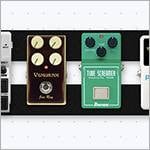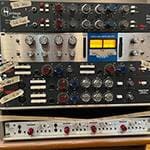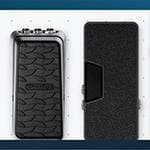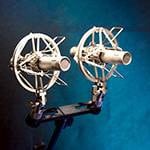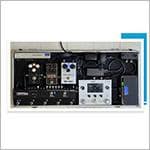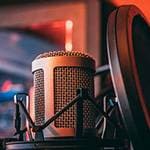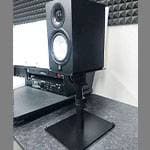

So, what’s the topic this time?
Recording!
Huh? We're talking about recording? Wait, we’ve…never done that before? (laughs)
Seems like we should have, but surprisingly, we haven’t.
I see... I wonder if we can actually talk about it. Well then, Prince, you're up first.
OK! I think every band has its own way of doing recordings, but I’ll just talk about how we do it!
Right.
Specifically, this is about how The Captains recorded “HANATABA”.
Got it.
First, we record drums and bass at the same time.
That’s the rhythm section, right? It's definitely important for those two to be in sync, so recording them together helps with that. Plus, it saves time.
Exactly! By the way, the bass is recorded directly, without using an amp.
Makes sense. That’s pretty standard these days. So the DI becomes really important in that case.
This time, Ted basically recorded with the same setup he uses live.

You can see Ted’s (the bassist of The Captains) favorite DI, the Avalon, in the top right of the photo.
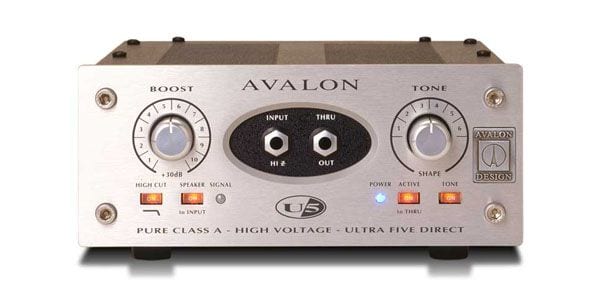
AVALON DESIGN / U5 SILVER
And of course, he’s using his usual Mosrite.

Yeah, the Mosrite is basically his default. He builds his tone around it all the time.
Exactly. We actually talked about it in detail in a previous episode, so check it out if you’re interested!
⇒ Current Band Member Talks: Unique Bassist’s Pedalboard Edition
It’s definitely a pretty unique setup.
Right? In our case, we almost always record drums and bass at the same time—and when it’s possible, I’ll sneak in my rhythm guitar too.
That’s a smart move. It makes the process a lot more efficient.
Totally. But sometimes, after putting in all that effort, they end up saying, “Yeah… let’s cut it,” (cries).
Don’t cry…
This time, I played my main live guitar, the Teisco Spectrum 5.

A guitar we’re all familiar with by now.
I barely used any effects. Just a clip-on tuner straight into the amp!
Respect! What amp did you use?
A Fender tweed amp that was at the studio.

It’s got that well-worn look that’s really cool.
Right? To avoid mic bleed from the drums, we put the guitar amp in a separate booth when recording.
That makes sense. It’d be a disaster if you got a great drum take but then the guitar part makes a mistake, especially if the mic bleed made it unusable.
Exactly. That’s why Ted and I were in the same room as Shimizu Toru (The Captains' drummer), so we could record while giving each other cues through eye contact and gestures.
That’s a method that really works for bands that have played a lot of live shows together.
Yeah! We were all wearing headphones, too. Each of us could adjust the mix to our preference, and the drummer had a click track going.
It really paints a classic “recording session” picture.
Right?

Oh, so you use the knobs on this white mixer to set the volume levels for each instrument?
Exactly! You nailed it.
As expected. (laughs) Those headphones are the classic SONY ones, right?
Yup. Pretty much every studio brings these out first.
Right? That model has been the standard for decades.
It's reassuring to have them. So once the guitar tone, drum setup, mic placement, and headphone mix are all dialed in — it’s time to hit record.
Getting nervous...
For us, we usually get a solid take for drums and bass in about three tries.
Impressive!
If someone messes up, they call it themselves and we re-record that part.
Ah, so it's a self-reporting system?
Yep. We prefer to own up to our own mistakes before the engineer has to point them out.
Makes sense. You’re the one who knows your part best, after all.
So after a few takes — boom, we've got the OK take for drums, bass, and rhythm guitar!
Nice work!
Thanks!
Wait… you're already going?
Yep, I’m out!
What about lead guitar and vocals?!
I think we recorded one vocal track that day. Alright, good work everyone—see you next time!
Huh?
Allow me to explain! From the start, the plan for this day was to get drums, bass, and rhythm guitar tracked based on the rental time for the recording studio. If we got that done, it was already a win!
Ah, got it. Yeah, it’s pretty common for sessions to take more than a day.
Totally. So the next step is doing the vocals at a different studio on another day. As long as a song has drums, bass, and rhythm guitar already laid out, we just go ahead and record the vocals.
But what about lead guitar?
Tomoaking (The Captains’ lead guitarist) recorded it at home and sent us the files.
Makes sense. These days, home recording can give you professional-level results.
For sure. These are amazing times we live in. And if we want that “live” feel, we can always take his lead guitar track and reamp it.
That’s the technique where you take the DI’d guitar track and run it through a real amp, then re-record the amp’s sound, right?
Exactly! Depending on the song, sometimes the direct sound actually fits better, so we just choose what works best.
Yeah, that kind of thing really depends on the band’s direction and the vibe of the song.
Totally. After that comes the chorus vocals. By this point, we’re in the final stages of the recording process.
Yep, when it comes laying down tracks, chorus parts usually come near the end.
In our band, we’ve got a “chorus captain", so I usually leave that part to him!
That’d be Ted, right? He’s super active from the start to the end of recording.
Totally! He’s so reliable.
Honestly, if you count all the behind-the-scenes work too, I wonder how many people’s worth of jobs he’s doing... Even his bass playing alone is amazing—he’s seriously superhuman.
Sometimes, in just one song, there are 5 or 6 layers of Ted doing the chorus! When chorus master Ted adds his vocals, the quality of the track jumps up several levels.
Absolutely. I learned a lot from him during our own recording sessions.
Right! Ted produced your band Nashionaru’s release, JAPAN.
Yeah, he did. But to be honest, I feel like he didn’t really “produce” us all that much at the time...
Huh? What do you mean?
Since Ted joined us, I consulted with him about the bass lines, but he said, "I think it's fine just as it is," and, "It sounds like Holley-san's own style, so it's good." Since I’m the type who thinks it’s okay to use phrases written by others if they fit the song, I wanted to ask him a bit more.
I really think he meant that it was fine just the way it was.
Yeah, I think so too, but at other recording sessions that weren’t with Nashionaru, but with projects involving you, Kizuhiko, he’s been quite instructive. Well, I guess that’s proof that he carefully assesses each band’s individuality when producing. Also, back then, I think Ted fixed little timing issues himself… like doing some engineer work. I think so…
As expected of him. Well then! That’s it for the members’ recording sessions!
You said “members’” — does that mean...?
After that, we checked the tracks that an outside arranger worked on! For this album, that’s the strings on the song “Cinderella, Kimi to Nara.”
Oh yeah, those are really gorgeous.
Yeah, it’s meant to evoke the image of a castle ball!
That makes perfect sense.
With that, all the material was complete!
Next comes mixing, right? Adjusting the balance of all the recorded sounds and such.
I hope the guitar I played didn’t get cut…
Well, you’ll have to listen to the album to find out what actually happened.
Please do!

So, what actually happened in the end?
My guitar got cut out!
My condolences...
No, that’s not it!
How is it different? (laughs)
The song “Hanataba”, which is also the album’s title track, is performed live with just Tomoaking’s guitar, so I actually said, “It’s fine to cut my guitar on this one…” (crying)
Don’t cry (second time)!
Sometimes it’s important to set aside your ego for the sake of the group.
Yeah, that makes sense. It’s a common story where each member tries to make their part louder and things get out of control. I’ve heard Black Sabbath had disputes over mixing their live album, which caused some tension between members... It’s definitely important to stay calm and make good decisions sometimes. Anyway, I’m glad we got to hear about the recording process this time.
Next time, I want to hear about your experiences, horry. You’ve been through so many sessions and know all kinds of ways to work, right?
Yes, but first I need to jog my memory...
I’m looking forward to it! So, everything is...?
Because of love!
The “sound & person” column is made up of contributions from you.
For details about contributing, click here.








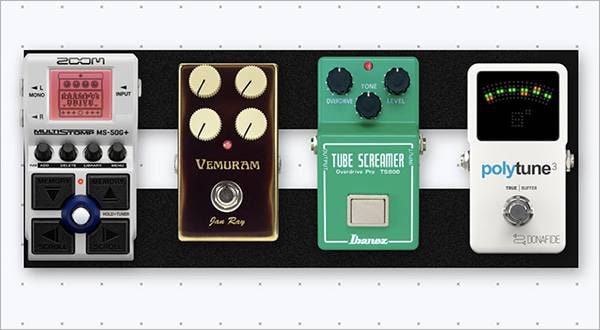
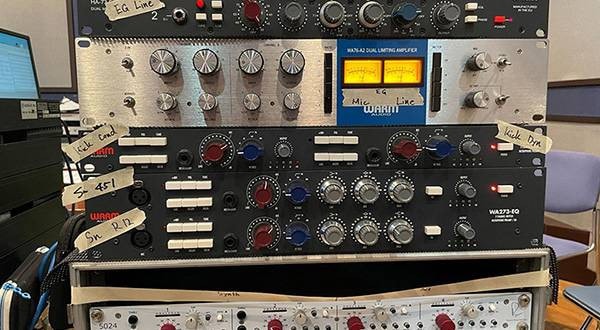
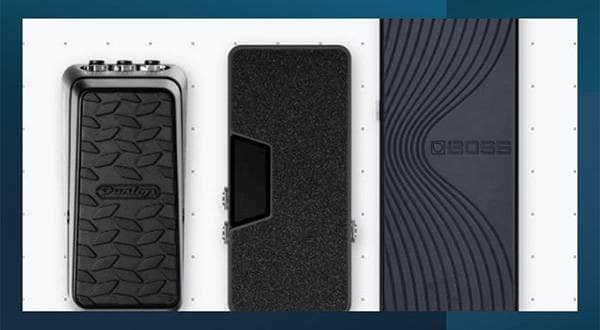
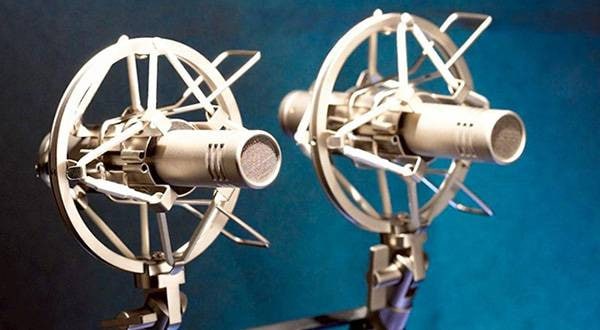
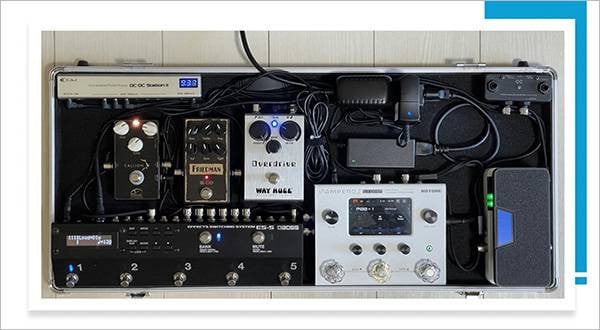
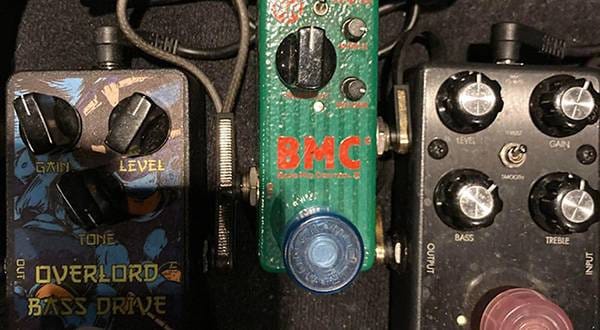
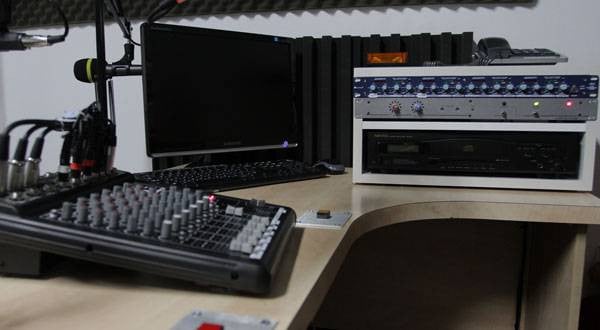
![Start Recording Instantly! [Multitrack Recorder]](/contents/uploads/thumbs/5/2021/11/20211119_5_15208_1.jpg)
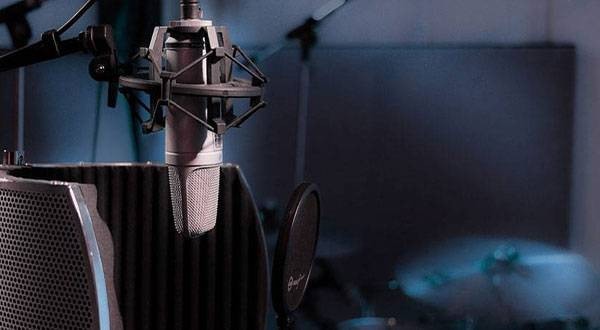
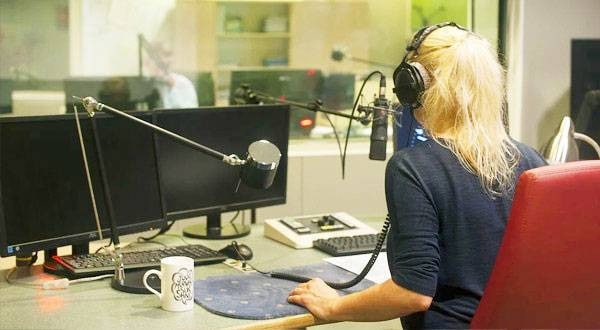

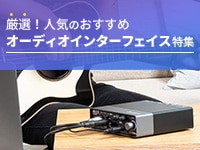 厳選!人気のおすすめオーディオインターフェイス特集
厳選!人気のおすすめオーディオインターフェイス特集
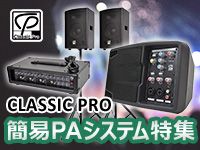 CLASSIC PRO 簡易PAシステム特集
CLASSIC PRO 簡易PAシステム特集
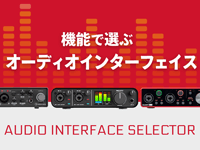 機能で選ぶ オーディオインターフェイス
機能で選ぶ オーディオインターフェイス
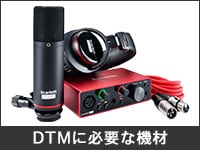 DTMに必要な機材
DTMに必要な機材
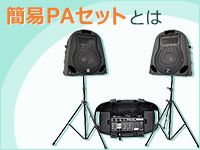 簡易PAセットとは
簡易PAセットとは
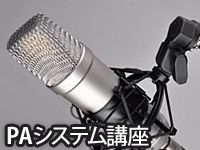 PAシステム講座
PAシステム講座
